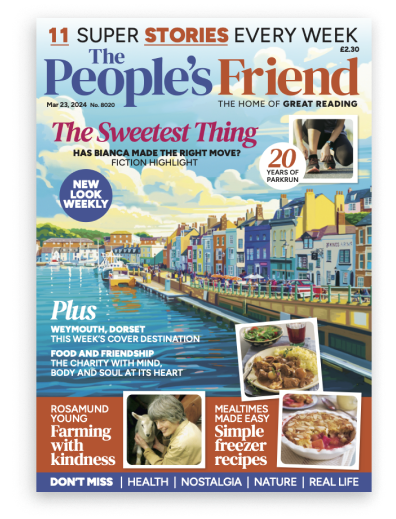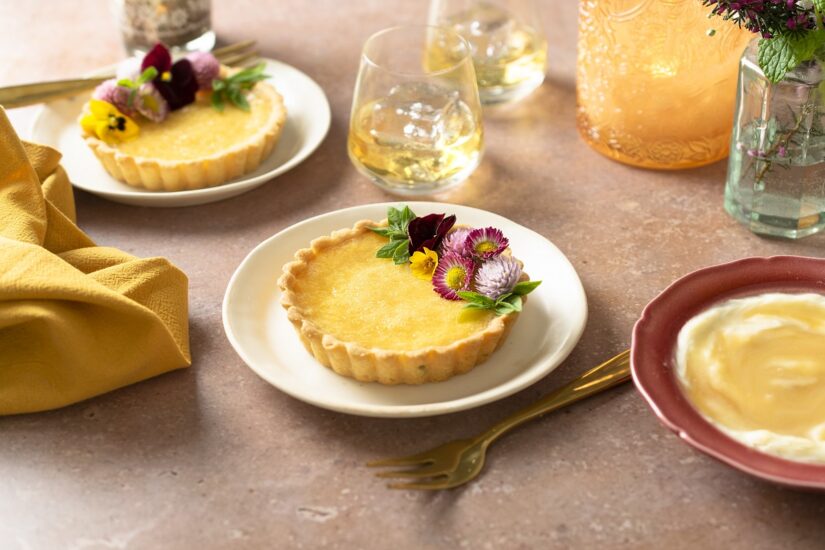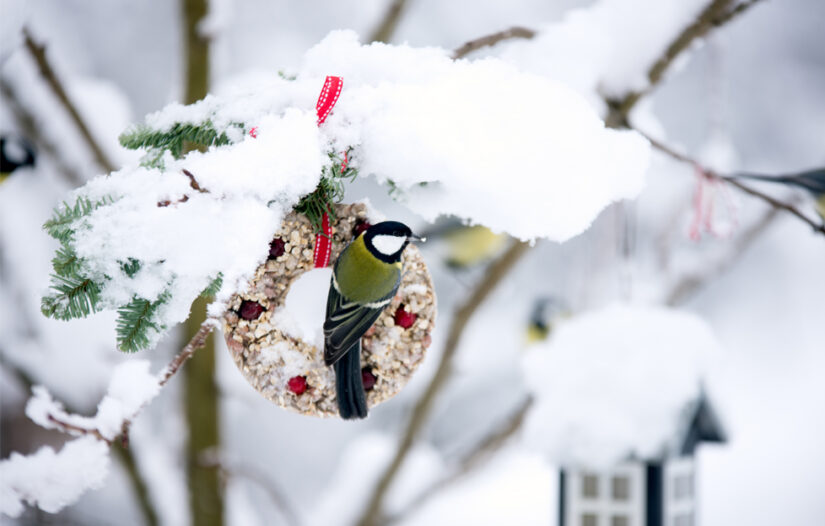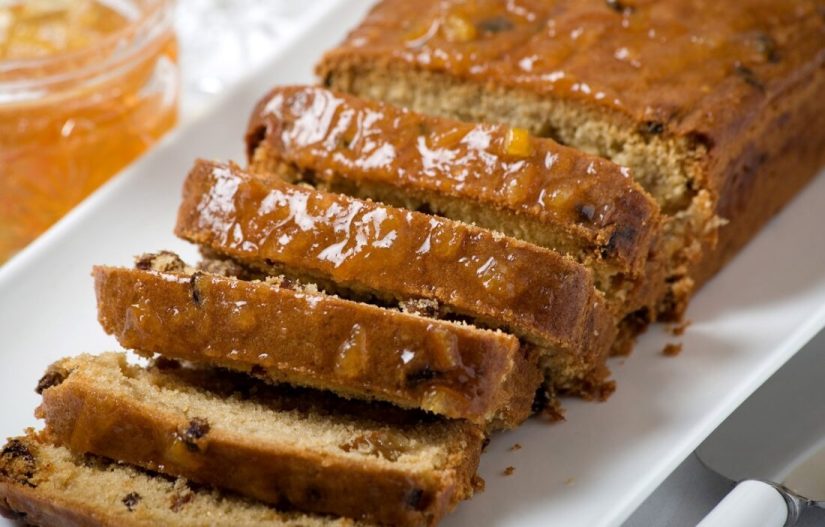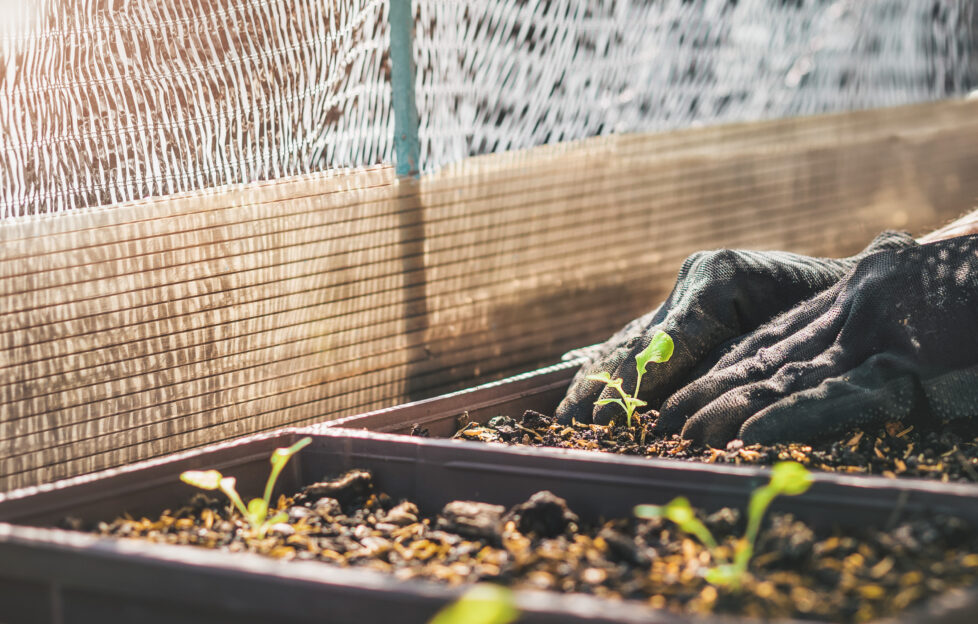 Shutterstock / Chanintorn.v©
Shutterstock / Chanintorn.v©There are plenty of advantages to growing your own herbs, fruits and vegetables. Not only are they often tastier than what you’ll find in the supermarket, they are cheaper and better for the environment, too!
And now, innovative gardeners are also using this to replace single-use plastic and waste in other areas of their lives.
Here, we discuss the best ways you can cut down on plastic with your own growing garden.
Growing your own food and drinks
If you have a herb garden or an allotment, growing your own ingredients and foods is a no-brainer.
To get going, you can buy yourself some starter seeds. But did you know you can also repurpose some of the seeds or inedible parts of your herbs, fruits, and vegetables?
The hard ends of carrots and leeks that you don’t eat can be used to grow a brand-new vegetable. Seeds from strawberries, apples, and watermelons can grow new fruits.
Leftover sweetcorn kernels, bell peppers, tomatoes, and garlic bulbs can be planted in soil or water to grow new plants, too. Don’t forget to stock up on compost bags so you can keep your garden in tip-top condition.
If, like us, you love nothing better than a good brew, you’ll know that tea bags can be incredibly wasteful.
Herbal teas are so easy to cultivate yourself, and you can even experiment with making your own flavours and concoctions.
Camellia sinensis, the tea plant, is the fastest and most reliable way to grow a classic English breakfast tea, if that’s your favourite.
Waste-free gift wrapping
Gift wrapping is one of our most wasteful activities in life.
We go to painstaking lengths to wrap presents, only for our work to be ripped to shreds in seconds. Some fancier wrapping papers, like those that include foil decoration, can’t be recycled.
What if we told you that you could make your own in a few simple steps from old scraps of paper and receipts you have lying around your house? Using a few items that you likely already have at home, including a blender, cloths, rolling pins, and a flat dish or pan, you can DIY your own paper!
Next is the fun part – decorating the paper. You can turn some of your plants, like beetroots, carrots, and blackberries, into paint pigment to decorate the wrapping paper to your heart’s content. Finish off your wrapping work with a dried or fresh sprig of lavender.
Now you have a zero-waste, personalised gift wrapping that your friend will never forget!
Freshen up your home
When it comes to home maintenance, there are so many ways to reduce plastic waste.
Homemade cleaning solutions are growing in popularity, with a wealth of tutorials available online. T
hanks to their astringent and odour-beating properties, white vinegar and lemon are an amazing combination for a surface cleaner. They also work great together in a bowl to act as a natural air freshener. No more energy and plastic-wasting plug-ins or ozone-threatening aerosols.
If you want to take your sustainability a step further and avoid buying plastic bottles of vinegar, you can make your own! You can use a culture called Mother of Vinegar to kickstart the process; ingredients that come from your garden, like fermented fruit juice or apple juice; or leftover beer or wine.
You can also experiment with fruit leftovers, like orange peels, in a simmer pot to add an irresistible and sustainable new scent into your home.
Sprigs of your fresh lavender in a pot of water dotted around your bedroom creates the perfect soothing aroma for a great night’s sleep. Don’t forget to brighten up your rooms with your own freshly picked, brightly coloured flowers!
Plastic waste is a pressing issue — only a third of plastics are recycled in the UK. This means the remaining millions of tonnes end up in landfills and our oceans.
While it’s difficult to completely eliminate single-use plastic from our lives until the laws around single-use plastics are strengthened, there are steps we can take to reduce our own consumption and waste.
Who knew that growing your own foods and flowers could be so good for the environment?
For more gardening advice from “The People’s Friend”, click here.
